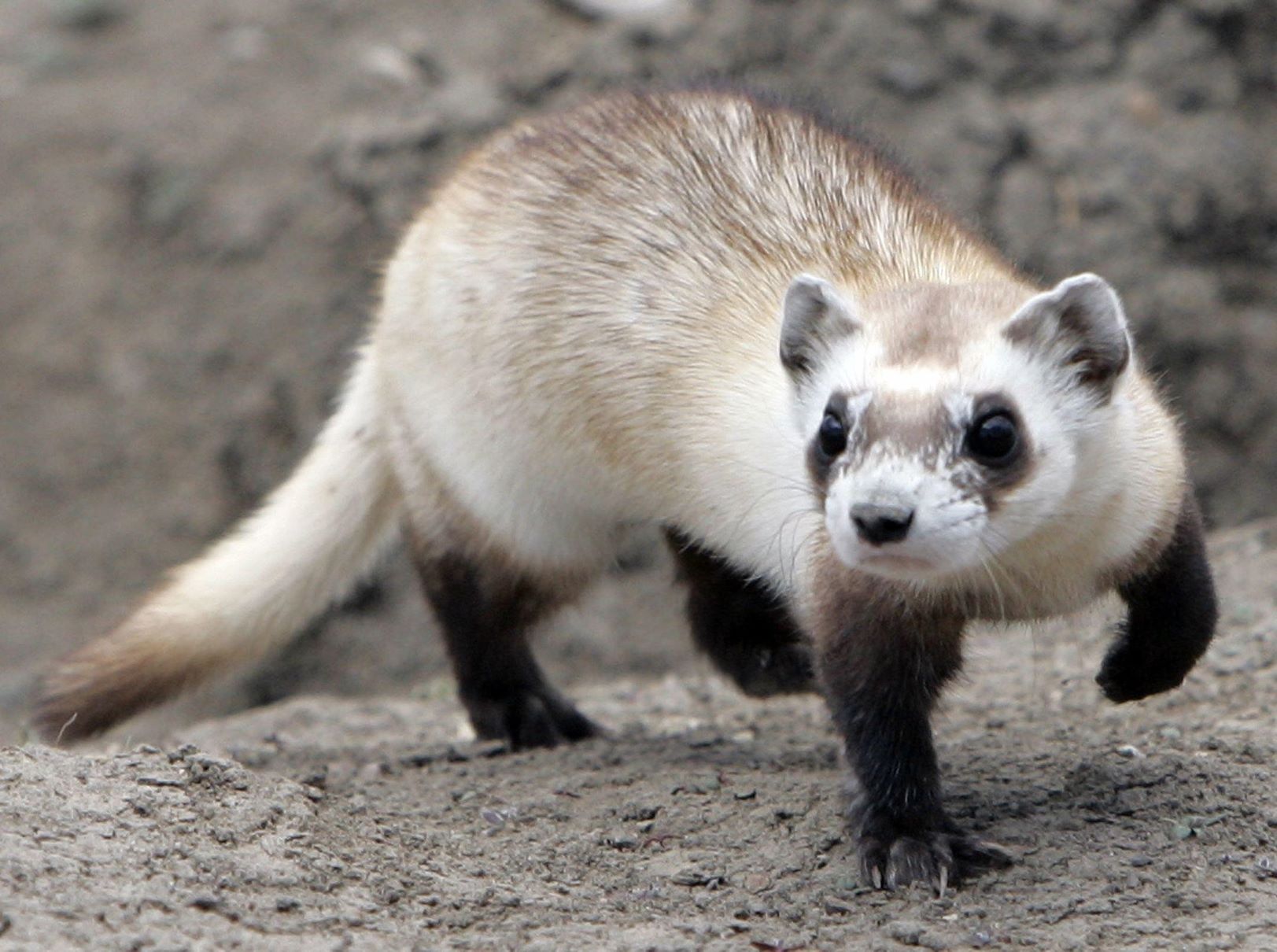Hidden Sites Of Black-Footed Ferret Reintroduction

Have you ever wondered where the black-footed ferret is making a comeback? This elusive creature, once thought extinct, is now being reintroduced in some surprising places. From the vast prairies of Wyoming to the rolling grasslands of South Dakota, these ferrets are finding new homes. Conservationists have worked tirelessly to ensure these areas are perfect for the ferrets' return. The goal is to restore balance to ecosystems where these ferrets once thrived. Curious about the hidden sites of black-footed ferret reintroduction? Let's dive into the locations and efforts bringing this species back from the brink.
Rediscovering the Black-Footed Ferret
The black-footed ferret once faced extinction, but thanks to dedicated conservation efforts, these adorable creatures are making a comeback. Let's explore some hidden sites where these ferrets have been reintroduced.
1. Shirley Basin, Wyoming
Shirley Basin is a vast, open landscape perfect for black-footed ferrets. This area offers:
- Wide-open spaces: Ideal for ferrets to roam and hunt prairie dogs.
- Rich history: One of the first reintroduction sites in the 1990s.
- Conservation success: A thriving ferret population today.
2. Conata Basin, South Dakota
Conata Basin provides a unique habitat for black-footed ferrets. Key features include:
- Diverse terrain: Rolling hills and grasslands.
- Prairie dog towns: Essential for ferret survival.
- Research opportunities: Ongoing studies on ferret behavior and ecology.
3. Aubrey Valley, Arizona
Aubrey Valley offers a desert environment for black-footed ferrets. Highlights of this site:
- Arid climate: Adapted to dry conditions.
- Community involvement: Local support for conservation efforts.
- Monitoring programs: Regular tracking of ferret populations.
4. Fort Belknap Indian Reservation, Montana
Fort Belknap Indian Reservation is a culturally significant site for ferret reintroduction. Important aspects include:
- Tribal collaboration: Working with Native American communities.
- Protected lands: Safe habitats for ferrets.
- Educational programs: Raising awareness about conservation.
5. Janos Biosphere Reserve, Mexico
Janos Biosphere Reserve is an international effort to save black-footed ferrets. Key points:
- Cross-border collaboration: U.S. and Mexico working together.
- Biodiversity hotspot: Home to various species.
- Conservation milestones: Successful reintroduction and breeding programs.
6. Grasslands National Park, Canada
Grasslands National Park is a northern site for black-footed ferret reintroduction. Features include:
- Expansive prairies: Ideal for ferret habitats.
- International cooperation: Canada and U.S. conservation efforts.
- Visitor education: Programs to teach about ferret conservation.
7. Badlands National Park, South Dakota
Badlands National Park offers a rugged landscape for black-footed ferrets. Highlights:
- Stunning scenery: Unique rock formations and canyons.
- Prairie dog colonies: Essential for ferret food supply.
- Tourist attraction: Opportunities to see ferrets in the wild.
8. Charles M. Russell National Wildlife Refuge, Montana
Charles M. Russell National Wildlife Refuge is a key site for ferret recovery. Important features:
- Vast wilderness: Over a million acres of protected land.
- Diverse wildlife: Home to many species, including ferrets.
- Conservation efforts: Ongoing projects to support ferret populations.
9. Wind Cave National Park, South Dakota
Wind Cave National Park combines natural beauty with conservation. Key aspects:
- Underground wonders: Famous for its cave system.
- Prairie ecosystems: Perfect for ferret habitats.
- Educational tours: Learn about ferret reintroduction efforts.
10. Rocky Mountain Arsenal National Wildlife Refuge, Colorado
Rocky Mountain Arsenal National Wildlife Refuge is a unique urban site for ferrets. Highlights:
- Urban conservation: Near Denver, blending city and nature.
- Restored habitats: Former military site turned wildlife refuge.
- Public engagement: Programs to involve the community in conservation.
Discovering the Hidden Sites
Exploring the hidden sites of Black-Footed Ferret reintroduction offers a unique glimpse into conservation efforts. These locations, often off the beaten path, provide a chance to see these rare animals in their natural habitats. Visiting places like Shirley Basin in Wyoming or Conata Basin in South Dakota not only supports local conservation but also educates visitors about the importance of preserving endangered species.
Planning a trip to these areas can be a rewarding experience for nature lovers and wildlife enthusiasts. Remember to respect the environment and follow guidelines to ensure the safety and well-being of the ferrets. By visiting these sites, you contribute to the ongoing efforts to save the Black-Footed Ferret from extinction. So pack your bags, grab your camera, and get ready for an adventure that makes a difference.

